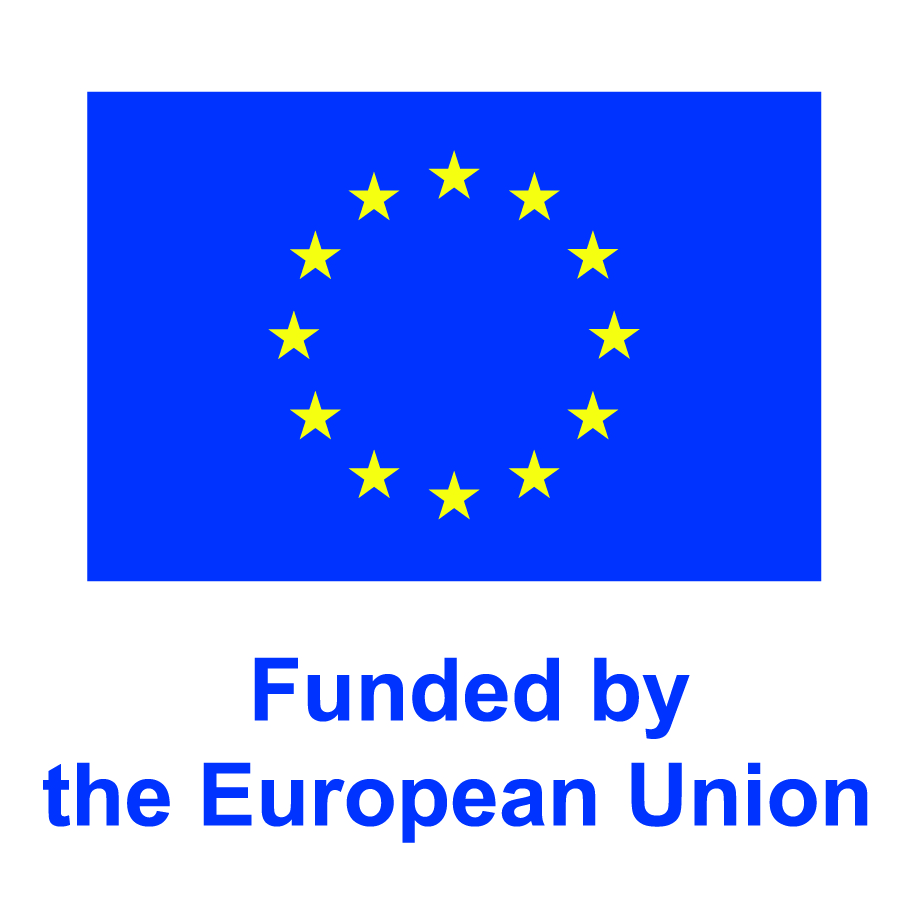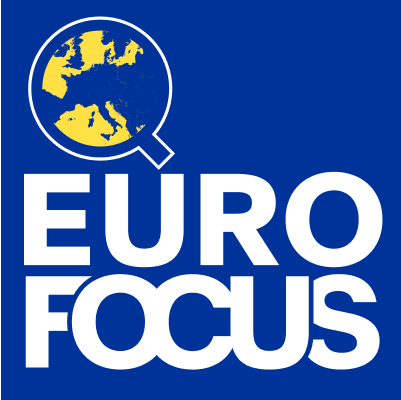Public transport is no longer just a municipal concern but a shared social, economic, transport policy and environmental interest. In Kecskemét, several bus modernisation projects—some backed by EU funding—have now been launched to address this.
It has been twelve years since the city introduced Mercedes Citaro articulated hybrid buses to replace its outdated fleet. But change is once again on the horizon: from 2025, Kecskemét will phase out the 25 hybrid Citaro buses purchased in 2013, vehicles that in practice have rarely operated in electric mode. Between 2025 and 2028, a total of 27 new buses will be acquired, including 10 locally zero-emission solo buses powered by hydrogen-based drivetrains.
The municipality laid the groundwork for this long-term strategy back in 2019, when—amid a protracted legal dispute with the state-owned Volánbusz over billions of forints—it created its own transport company, the Kecskemét Transport Centre Ltd., as sole owner.
Route 148 – a bus that comes only if you ask for it
Behind the new initiatives stand EU and domestic funds: one scheme introduces an on-demand bus service, the other prepares the ground for green modernisation with hydrogen-powered buses.
On 1 June 2025, the experimental Route 148 was launched for a trial period running until November. Passengers must request the service three hours in advance, via SMS or an app—only then will the bus run. The aim is to test whether this model works in a mid-sized city and can serve industrial zones effectively. The promise: fewer empty runs and lower CO₂ emissions.
The project, implemented jointly by KeKo Ltd. and the Municipality of Kecskemét, is part of the Interreg Europe programme and funded through a mix of EU and national contributions. The EU is providing €156,000 (around 63 million forints) to cover 80% of the costs, with 15% from the state and the remaining 5% from KeKo itself.
On-demand services have already been rolled out in the outer districts of several small and medium-sized European cities. Kecskemét is joined in this pilot project by Monza, Milan, Vienna, Trieste and Bologna. Here, however, the dominance of private car use makes persuading residents to try such a scheme more challenging.
Transport experts warn the model will only be viable if booking is simple and passengers are not penalised for missing the three-hour deadline. Without flexibility, they argue, many will simply stick to cycling—or their cars.
Speaking to KecsUP News at the launch, Deputy Mayor Tamás Homoki explained: “The call for proposals imposed no restrictions on cities regarding timetables or route networks. In some places, the aim was to help students commute; in Kecskemét, the focus is on getting workers to their workplaces.”
Hydrogen bus tender – towards a green transition
The potential shift has already been preceded by a testing phase. Between 2 March and 2 April 2024, HUMDA, the Hungarian Mobility Development Agency, trialled a Solaris hydrogen bus on Kecskemét’s regular urban routes. The goal was to prepare for the nationwide Green Bus programme, under which new zero-emission vehicles are expected to enter service in the city by mid-2027.
The criteria for these vehicles are stringent: they must be fully low-floor, equipped with passenger counting devices, and capable of a minimum 350-kilometre range on a single charge.
According to the municipality, evaluation will be based on passenger numbers, CO₂ savings and public feedback. Yet questions remain: will there be independent monitoring? Will impact assessments be carried out?
The decision could prove revolutionary. If the model succeeds, it could pave the way for a greener, more sustainable future in Kecskemét and other Hungarian regional cities. But if it ends up as a showcase project with little substance, the risk is losing precious years. As the trial periods unfold, the broader challenge is clear: can EU and domestic funds be translated into real, viable urban transport?
(Source: kecsup.hu)

Funded by the European Union. Views and opinions expressed are however those of the author(s) only and do not necessarily reflect those of the European Union or European Commission. Neither the European Union nor the granting authority can be held responsible for them.


